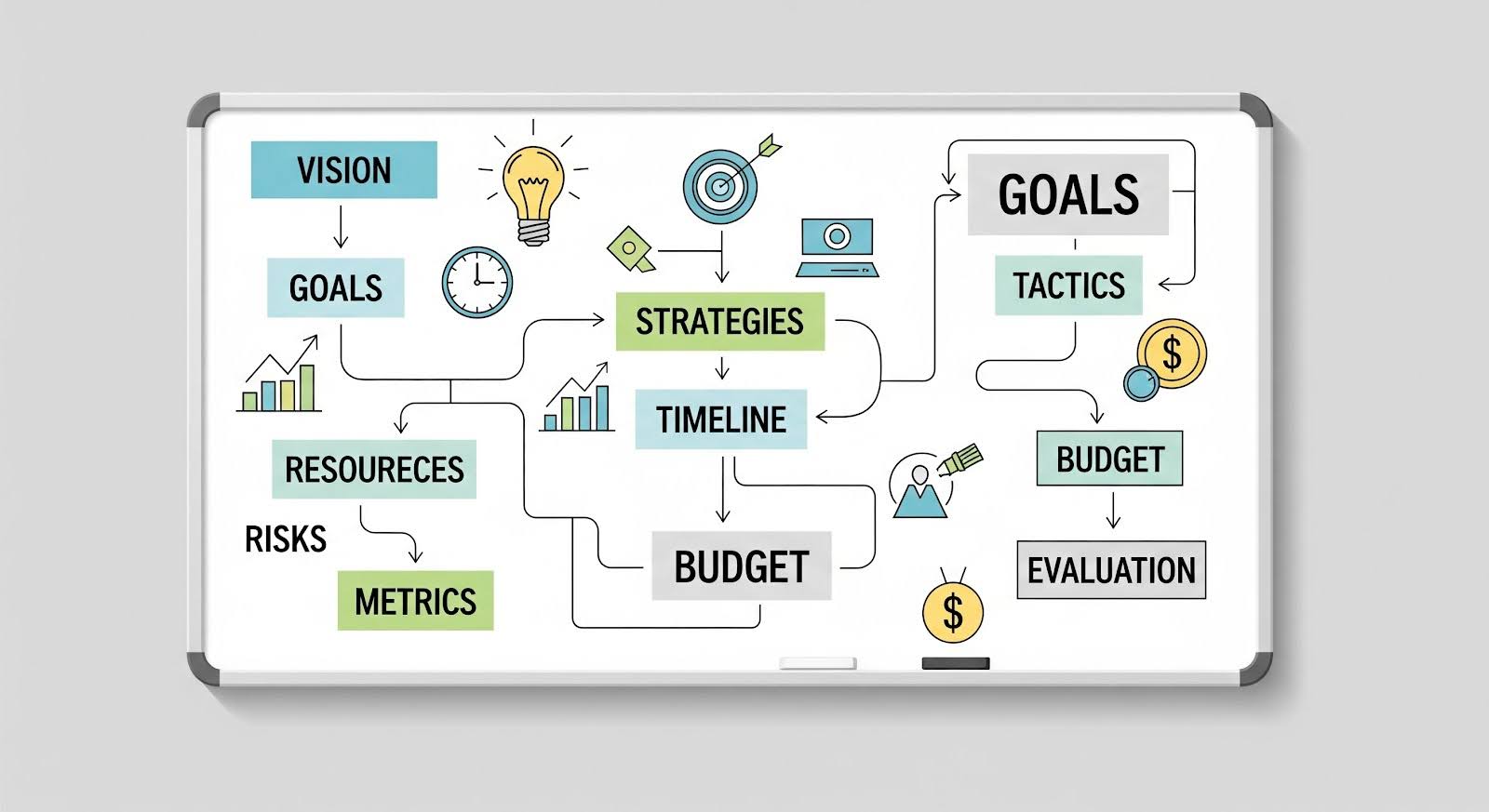Is Everyone Aligned on the Right Goal?
Note to our Readers: In a world where blogs often drag on for SEO purposes and lose their audience with too much talk and not enough action, we aim to break the mold. Our blog is designed to be quick, informative, and solution-oriented, providing you with the insights you need without the fluff. Use the links below to skip to a section or go to the bottom for a quick summary and things to Stop, Start and Continue.

Quick Links
Blog Summary
Measuring marketing activities goes beyond tracking ROI. It fosters team alignment by setting clear success metrics and avoids misinterpretations at the end of campaigns.
Focusing on one critical goal ensures campaigns stay on track and deliver desired outcomes. Measuring performance the right way brings focus, alignment, and success to businesses.
Actions include prioritizing critical goals, aligning teams, and making adjustments during campaigns. Avoid vanity metrics, scope creep, and mid-campaign goal changes. Continue measuring activities, identifying improvement areas, and learning from results.
Focus, Dilligence, and Measurement for Campaign Success
More Than Measuring Vanity Metrics
It goes without saying that you should be measuring your marketing activities to know your goals and ROI targets have been met. But there are other less obvious reasons to spend the extra time measuring your efforts.
Team Alignment
Before planning your marketing campaigns, you and your team need to agree on what to measure and what success looks like. There are many times when companies get to the end of the campaign, review the results and no one agrees on which metrics demonstrate success and which ones don’t. To avoid this problem the team has to agree at the beginning on the one absolute success metric.
I was in a situation where the person responsible for the pay-per-click (PPC) portion of a campaign was very excited because the cost-per-acquisition was much lower than expected. Unfortunately, this was not the metric the owner of the business was focused on. He was focused on sales, which were 20% lower than expected. It should be no surprise that he had trouble depositing his cost-per-acquisition in the bank.
The team would have been much better off with a laser focus on sales. Then they could have provided a secondary guiding metric to the PPC person for the acceptable cost-per-acquisition targets providing sales goals were met.
Focus on the Critical
How many times have you been involved in a marketing campaign where everything worked perfectly – except the goal wasn’t achieved? It starts by not having the team aligned on the goal as mentioned above. But it gets worse when the wrong goal is chosen or the goal is not used as a guide during campaign development and execution. Many times this allows for campaign scope creep and a loss of focus.
I worked with a company that developed a big annual campaign to get customers to enter a contest. The goal of the campaign was focused on how many creative ideas people could come up with using the company’s products. An expert panel chose the winner. The contest was a great way to get customers and prospects engaged with the brand and show people how to use the products creatively.
One year, the goal was changed to focus on how many people logged into the contest software. Remember, the original goal was to generate ideas to show the value of the products. Because of the revised goal, the contest was split between soliciting new, creative ways to use the products and trying to get people to vote for a winner. In previous years, voting was not part of the campaign because it didn’t add to the original goal. The team spent hours and hours on tactics to get people to vote rather than just focus on getting fresh ideas. Not only did the goal of logging people into the software miss the target, the number of new ideas submitted was way down from previous years. If the company had stayed focused on the critical objective of exciting the customers with new ideas they would have been more successful.
There are endless examples where measurement goes way beyond just counting the numbers. Measuring performance the right way can bring focus, alignment and ultimate success to your team and your business.
Actions to Get Started
Start:
- Focus on critical goals that drive business outcomes.
- Align team members on marketing and sales goals and metrics that will drive the critical goal
- Meet during the campaign to make adjustments that will meet the desired outcomes
Stop:
- Prioritizing vanity metrics over meaningful goals.
- Allowing campaign scope creep and loss of focus.
- Changing goals mid-campaign.
Continue:
- Measure marketing activities to track ROI and progress.
- Use measurement to identify areas for improvement.
- Celebrate successes and learn from failures.
Staying focused on what truly will move the business forward and keep your plan focused is a sure bet to increase sales and profitability.

.jpg)

